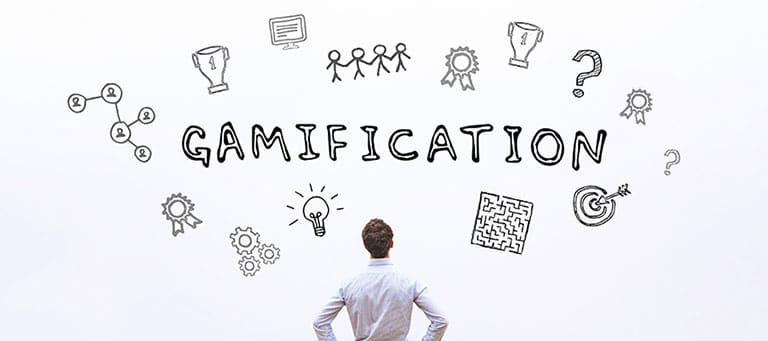
When you hear the word “gamification” or “gamify,” do you picture people sitting in front of a video game system or using a fancy mobile app? Wordle, anyone?
While technology can definitely be used by small nonprofits as part of a program that uses gamification, it’s hardly a prerequisite.
In fact, one of the most successful examples of gamification in history involved dumping buckets of ice water on people and sharing videos of each chilly dousing on social media. Anyone with access to a smartphone, social media, and ice could participate!
Let’s talk about what gamification is, benefits to small nonprofits, keys to successful gamification, and a prime example of gamification that worked (and one that didn’t).
What Is Gamification?
Gamification has everything to do with games and very little to do with technology. Gamification involves incorporating the parts of games that are fun and engaging into a fundraising campaign, event, or program.
Something as simple as a school challenge – which class can donate the most food items, which grade donates the most pounds of clothing, etc. – is a form of gamification. Then students from the winning class or grade get to give a teacher or principal a pie in the face!
Other examples of gamification include:
- Awards and Incentives: Donors, volunteers, and other participants win badges, prizes, social media shoutouts, meet-and-greets, and other forms of recognition for achieving certain goals and milestones or “winning” challenges.
- Visualized Tracking: From hand-drawn thermometers colored with red magic marker to interactive charts, showing progress visually motivates participants and celebrates achievement.
- Races: Competitive and friendly walks, 5Ks, and color runs offer fun ways for both participants and spectators to get involved.
- Games and Contests: Trivia, scavenger hunts, talent shows, field day competitions, and other games and contests provide supporters with a fun way to engage and support your cause.
Gamification can help small nonprofits improve their fundraising, build awareness, engage supporters, and educate the community about their mission. Gamification can even influence behavior by motivating people to complete positive tasks that benefit themselves and your organization. This is a great way to engage younger generations of donors who like to be active participants in the causes they support!
Keys to Successful Nonprofit Gamification
10 years ago, the Ice Bucket Challenge raised more than $115 million for the ALS Association over the course of eight weeks. It also led to the development of a drug that slows the impact of ALS.
Before you’re drenched with ice water, you challenge three people to receive the same treatment and post the entire video of the experience on social media. The challenge went viral, as they say, and paid off in terms of dollars and a life-changing new treatment.
The Ice Bucket Challenge checked the major boxes for successful gamification.
- It was simple. Get drenched, get three more people drenched within 24 hours, and repeat. It was easy to understand with zero cost to the nonprofit or the participants!
- It produced fun, authentic content. From the suspense leading up to each drenching, to the natural reaction of participants upon feeling the ice-cold water, to wondering who would be next, each stage produced videos that people couldn’t wait to watch on social media.
- It was built on real-world stories. Drama. Unexpected surprises. Endless smiles and laughter. The magnetic allure of the next round of bucket dumping. Every video had the elements of wonderful, believable stories that ended with “to be continued” to keep people coming back for more.
- It was organic. The Ice Bucket Challenge reached great heights not because of advertising or promotion, but because it was a fun activity that everyone could participate in and enjoy!
Of course, not every attempt at gamification is a winner. For example, when Target launched its Checkout Charity Games, cashiers would compete with each other to secure donations to their chosen charity. This was far from enjoyable for customers who felt like they were being pressured into donating when they were already spending money and trying to get out the door.
Getting Started with Nonprofit Gamification
There’s no reason to feel overwhelmed! Get your feet wet by starting small and incorporating gamification into your existing campaigns and programs. “Borrow” ideas that you’ve seen work for other nonprofits.
Remember, you don’t have to create the next ice bucket challenge to be successful, and you don’t need to use advanced technology. Focus on creating an experience that’s fun, simple, and shareable. Look for opportunities to build long-term engagement. And make sure the connection to your small nonprofit is clear!





